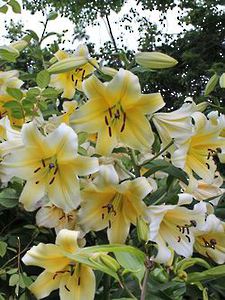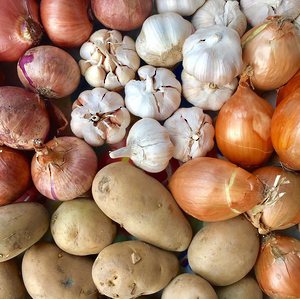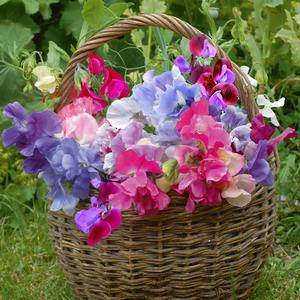- Track your orders
- Save your details for express checkout
Join Our Grab a Plant Mailing List
You will enjoy regular 'Grab a Plant' Specials, special bonus codes, gardening advice and more.


At Wildflower World, we take pride in going beyond the scope of traditional seed providers. We specialise in offering a diverse array of wildflowers sourced from around the globe. Our pure, certified seeds are meticulously selected and imported directly from the world's most reputable growers and wholesalers.








